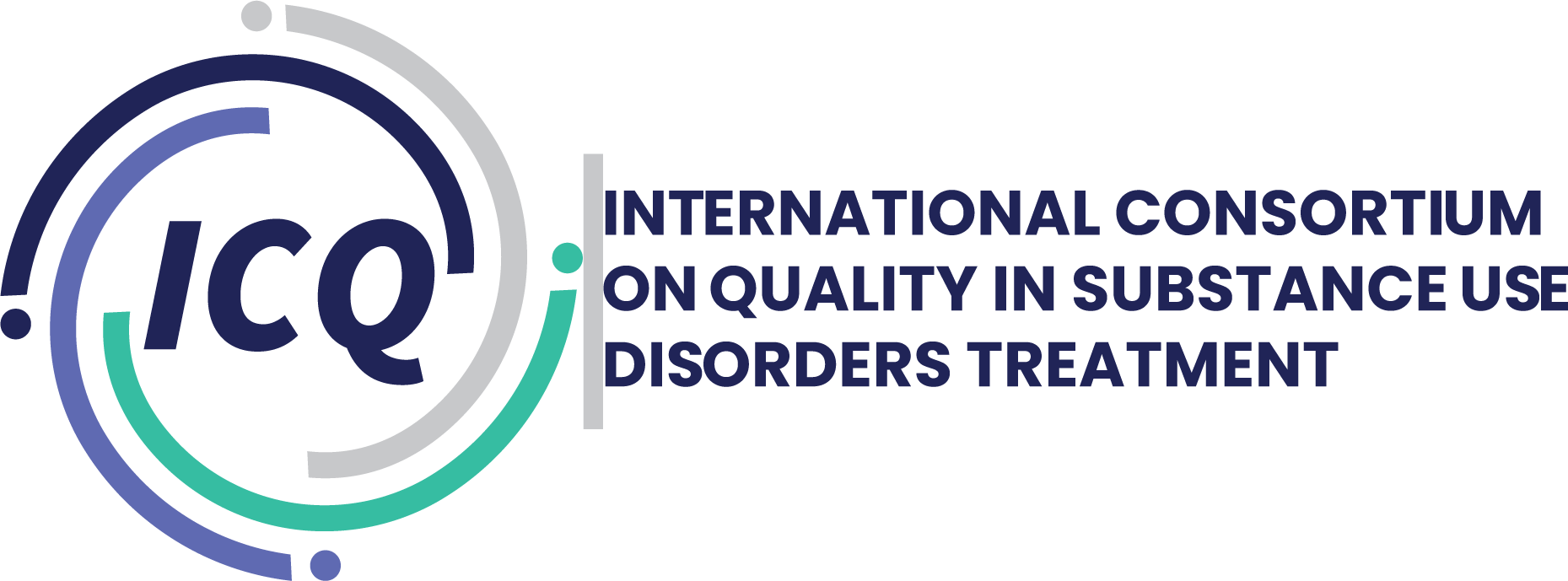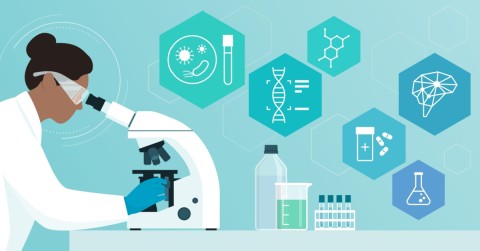The new National Institute on Drug Abuse (NIDA) strategic plan for 2022 to 2026 introduces an ambitious and targeted plan for addiction science research in the United States.
The strategy focuses on five critical areas where research can offer potential breakthroughs that meet today’s substance use challenges. The five priority scientific areas are:
- Understand Drugs, the Brain and Behaviour
- Develop and Test Novel Prevention, Treatment, Harm Reduction and Recovery Support Strategies
- Accelerate Research on the Intersection of Substance Use, HIV and Related Comorbidities
- Improve the Implementation of Evidence-Based Strategies in Real-World Settings
- Translate Research into Innovative Health Applications
In addition to prioritising the physiological and behavioural underpinnings of addiction, the plan highlights seven “cross-cutting themes” where innovation can strengthen the five main pillars of the strategy and the goals therein:
- Train the Next Generation of Scientists
- Identify and Develop Approaches to Reduce Stigma
- Understand Sex, Sexual Orientation and Gender Differences
- Identify and Develop Approaches to Reduce Health Disparities
- Understand Interactions Between Substance Use, HIV and other Comorbidities
- Leverage Data Science and Analytics to Understand Real-World Complexity
- Develop Personalized Interventions Informed by People with Lived Experience
These themes highlight a pressing need to widen our understanding of the changing nature of the addiction crisis in a rapidly evolving social environment. For example, furthering our understanding of how sexual orientation and gender differences impact substance use disorder (SUD), whilst leveraging advances in data science, can help to advance our understanding of the real-world complexity of addiction.
Another highlight of the NIDA plan is its exploration of the intertwined nature of drug use and HIV. It encourages a holistic view of HIV and SUD in terms of comorbidities, polypharmacy, and sociocultural correlations.
Overall, the 2022-2025 strategic plan reflects the complexity of the addiction crisis and the need for flexible responses in a shifting landscape. Nora Volkow, Director of NIDA, acknowledges that whilst progress has been made on many fronts, the strategy represents an opportunity to refocus research efforts on those areas where advances are most urgently required.
“Today’s landscape of substance use poses both unique challenges and unprecedented opportunities to leverage the amazing potential of science toward that goal.” Volkow writes in her accompanying message.
“While we have made impressive progress, there is more to be done.”

